Snow fungus soup, a beloved dessert in many Asian cuisines, is renowned for its delicate texture, subtle flavor, and purported health benefits. Often dubbed “nature’s collagen,” this silky elixir is made by simmering dried snow fungus (also known as tremella fuciformis) with ingredients like jujube dates, lotus seeds, and rock sugar. While the recipe seems straightforward, achieving the ideal consistency and flavor hinges on one critical factor: time. How long should you cook snow fungus soup to unlock its full potential? This article delves into the science, techniques, and cultural wisdom behind timing this cherished dish.
Understanding Snow Fungus: A Brief Introduction
Before diving into cooking times, it’s essential to grasp why snow fungus behaves the way it does. Dried snow fungus is a resilient ingredient, stored in its dehydrated form to preserve its shelf life. When rehydrated, it transforms into a gelatinous, translucent mass with a mild, almost neutral taste. This texture is key to the soup’s appeal—it should be velvety but not slimy, tender yet retaining a slight bounce. Achieving this balance requires patience, as the fungus needs time to absorb liquid and break down its natural fibers.
The Soaking Stage: Laying the Foundation
Cooking snow fungus soup begins long before you light the stove. Proper soaking is non-negotiable. Place the dried fungus in a large bowl, cover it with cold water, and let it sit for at least 4–6 hours, or ideally overnight in the refrigerator. This process rehydrates the fungus, softening it enough to reduce cooking time later. Skipping this step will result in a chewy, uneven texture, no matter how long you simmer the soup.
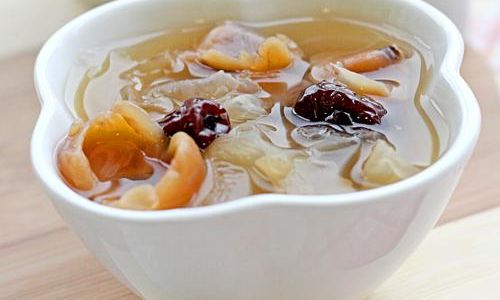
Stovetop Simmering: The Traditional Method
The most common way to prepare snow fungus soup is on the stovetop. After soaking, drain the fungus and gently tear it into small, bite-sized pieces. Combine it with 6–8 cups of fresh water (or broth for added depth) in a heavy-bottomed pot. Add complementary ingredients like sliced jujube dates, dried longan, or wolfberries at this stage, as their flavors will meld during cooking.
Bring the mixture to a gentle boil, then immediately reduce the heat to a bare simmer. Here’s where timing becomes an art. Most recipes recommend simmering for 1.5 to 2.5 hours, but the exact duration depends on several variables:
- Fungus Quality: Older or thicker pieces may require more time to soften.
- Desired Texture: For a thicker, more gelatinous soup, extend cooking by 30–60 minutes.
- Altitude: At high elevations, water boils at lower temperatures, potentially increasing cooking time.
Stir occasionally to prevent sticking, and skim off any foam that rises to the surface. The soup is ready when the fungus turns translucent, and the liquid takes on a slightly viscous quality. Some cooks add rock sugar or honey in the final 15 minutes to sweeten without caramelizing.

Slow Cooker Magic: Low and Slow
For busy households, a slow cooker offers a hands-off alternative. After soaking and prepping the ingredients, transfer everything to the slow cooker with 6–8 cups of liquid. Cook on low for 6–8 hours or high for 3–4 hours. The extended low heat ensures the fungus breaks down gradually, yielding a luxuriously smooth soup. This method is forgiving—even an extra hour won’t ruin the texture.
Pressure Cooker Precision: Speed Without Sacrifice
Modern pressure cookers (like Instant Pots) slash cooking time without compromising results. After soaking, combine the ingredients with 4–5 cups of liquid (pressure cooking requires less liquid). Seal the cooker and set it to high pressure for 15–20 minutes, followed by a natural release. The result? A silken soup in a fraction of the time. However, avoid overcooking, as the fungus can become too soft and lose its structure.
The Role of Ingredients: Timing Adjustments
While snow fungus is the star, additional ingredients influence cooking time. Starchy components like lotus seeds or pearl barley may need 30–45 minutes of pre-soaking and should be added early. Delicate elements like fresh goji berries or sliced almonds are best stirred in during the final 10 minutes to retain their shape. Sweeteners like honey or maple syrup should always be added off the heat to prevent bitterness.

Signs of Doneness: Trust Your Senses
Timing guides are helpful, but visual and tactile cues are equally important. The fungus should be plump, translucent, and melt effortlessly when pressed between your fingers. The liquid will thicken slightly, coating the back of a spoon. Taste periodically—the soup should taste clean, floral, and subtly sweet, with no raw starchiness.
Common Pitfalls: Why Timing Matters
Undercooking leaves the fungus rubbery and the soup watery. Overcooking risks a mushy texture and a loss of nutrients. Balance is key. Additionally, boiling vigorously can break down the fungus too quickly, resulting in a grainy consistency. Maintain a gentle simmer to encourage even cooking.
Cultural Perspectives: Time as an Ingredient
In traditional Chinese medicine, snow fungus soup is valued not just for taste but also for its nourishing properties. It’s believed to moisturize the lungs, soothe the throat, and promote youthful skin. This holistic approach views cooking time as integral to releasing the ingredient’s “qi” or life force. Rushing the process is seen as counterproductive, as the slow simmer mirrors the body’s gradual absorption of nutrients.

Beyond the Basics: Creative Variations
Once you’ve mastered the basics, experiment with flavors. Add coconut milk for richness, pandan leaves for aroma, or fresh mango for a tropical twist. Herbs like chrysanthemum or goji berries introduce visual appeal and health benefits. Adjust cooking times slightly for denser additions—root vegetables like sweet potato may need 20–30 minutes of simmering.
Storage and Reheating: Timing’s Aftermath
Leftover snow fungus soup thickens as it cools due to natural gelatinization. To reheat, add a splash of water and simmer gently until warmed through. Avoid boiling vigorously, as this can break down the texture. The soup keeps refrigerated for 3–4 days or frozen for up to a month.
Conclusion: The Alchemy of Patience
Cooking snow fungus soup is a lesson in mindfulness. In a world obsessed with instant gratification, this dish reminds us that some things—like nourishment, tradition, and culinary mastery—require time. Whether you opt for the stovetop’s meditative simmer, the slow cooker’s unattended magic, or the pressure cooker’s modern efficiency, the key lies in respecting the fungus’s journey from dried resilience to velvety surrender. So next time you ask, “How long?” remember: the answer is not just a number, but an invitation to slow down, savor the process, and taste the rewards of patience.
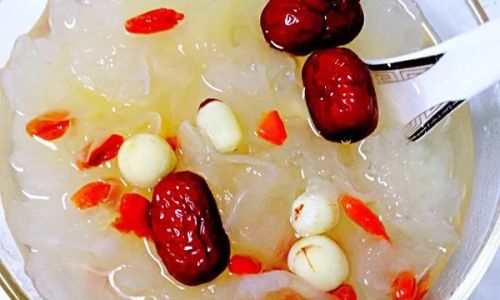
Final Tip: Start with the stovetop method to understand the ingredient’s behavior. Once comfortable, explore shortcuts. No matter your approach, the goal remains the same—a bowl of soup that feels like a warm, nourishing hug.
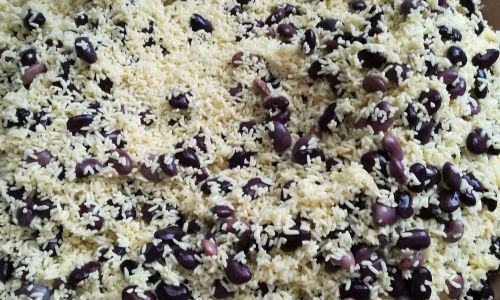
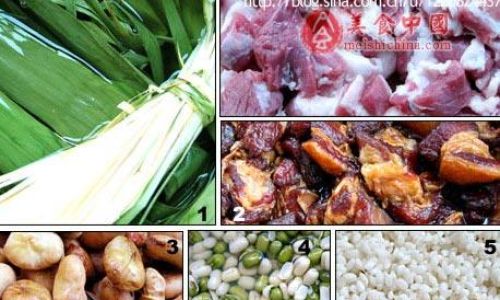
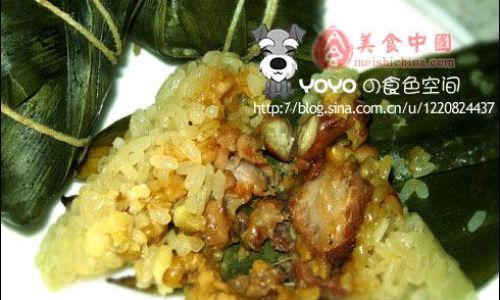
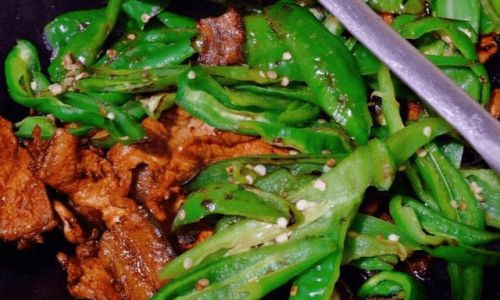
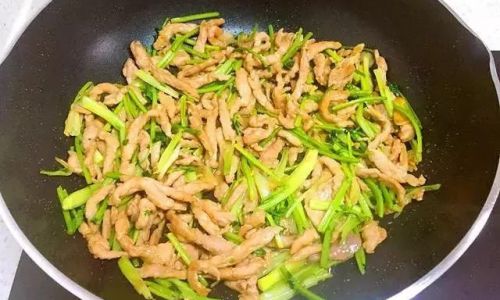
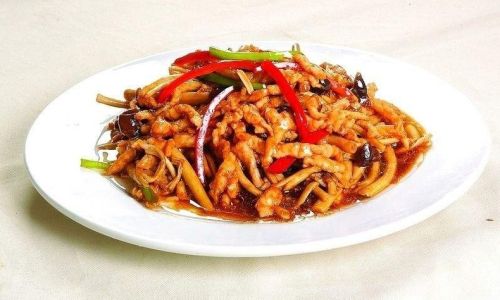
0 comments